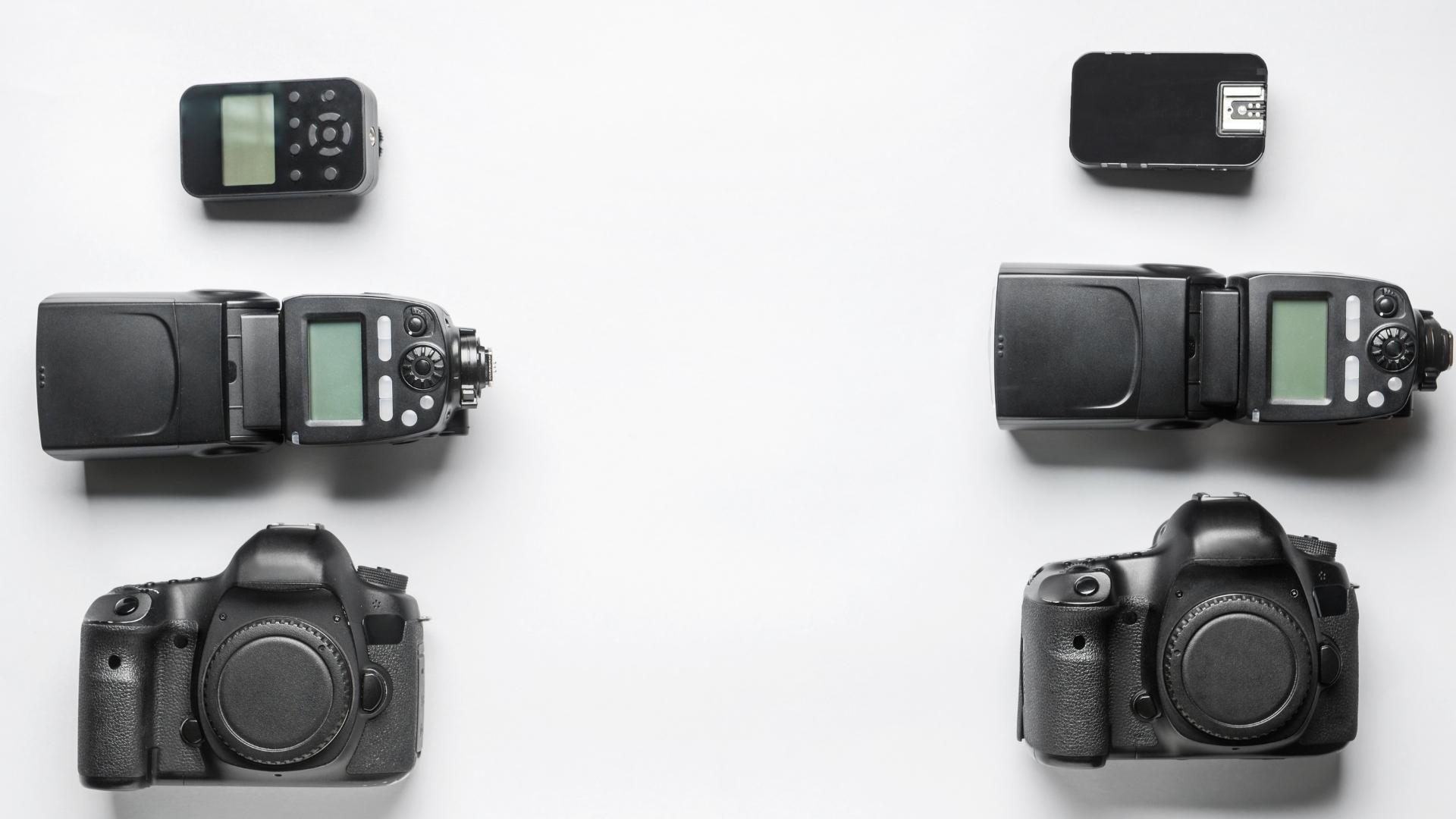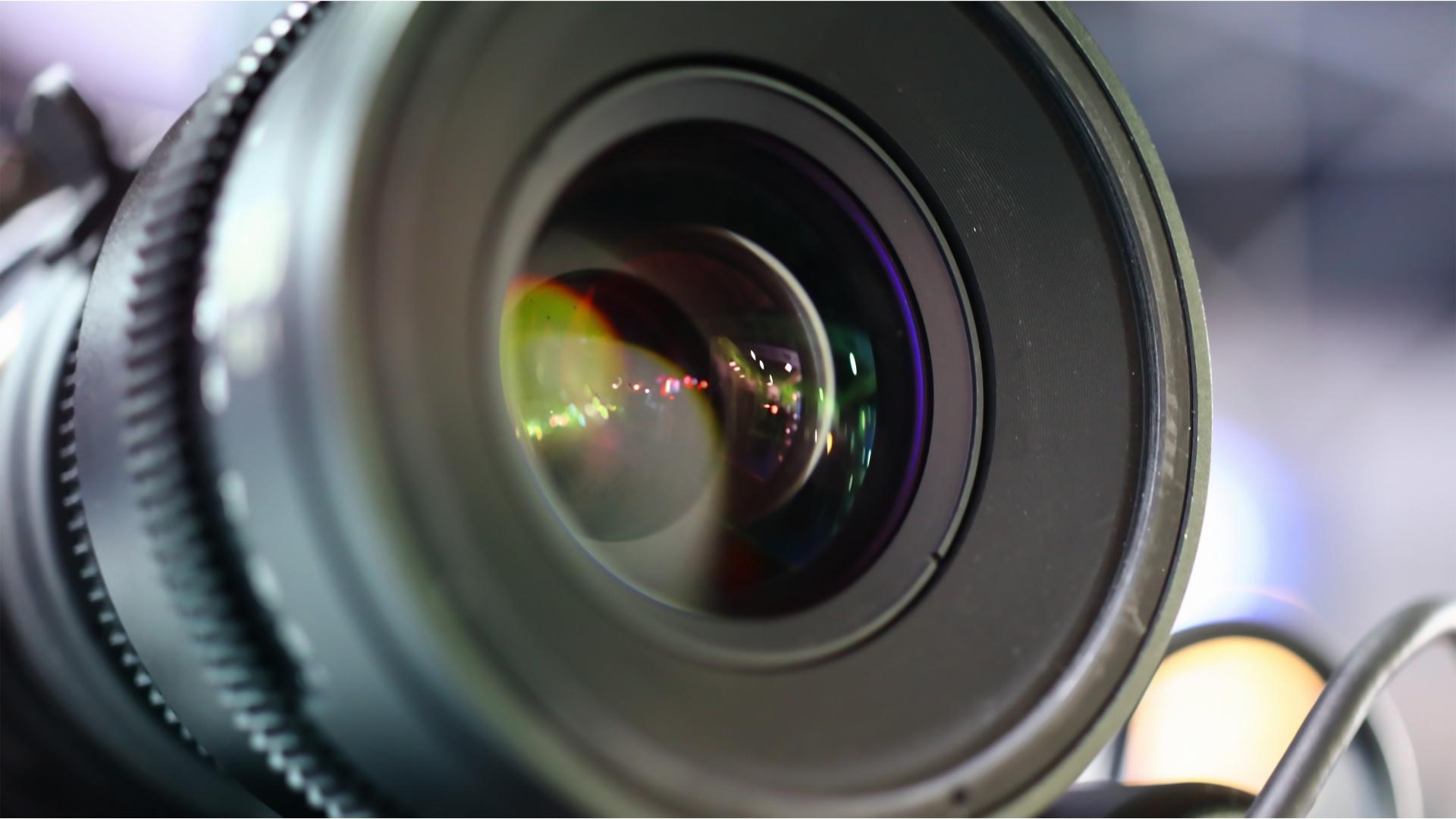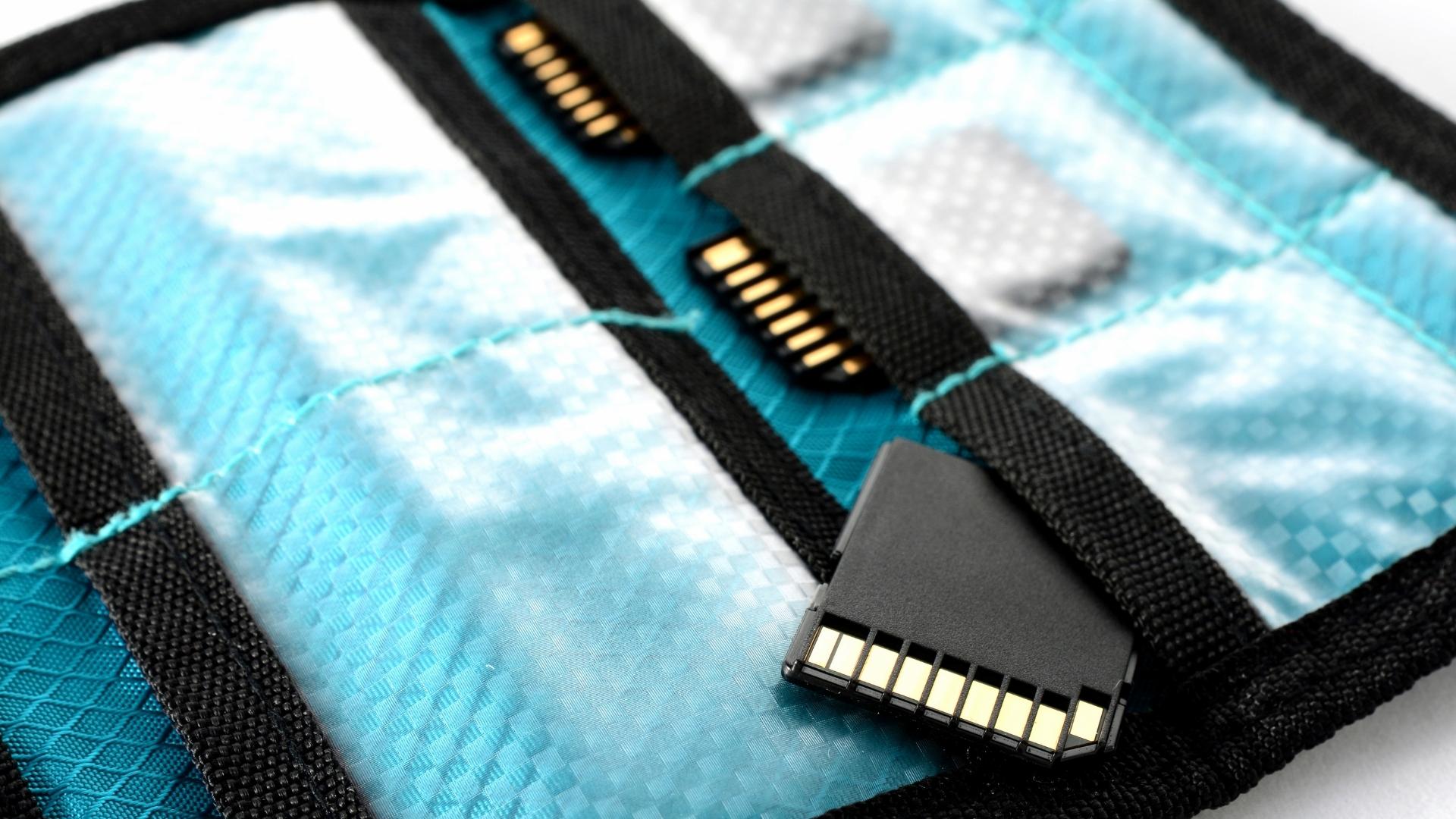For studio shots, the right illumination or exposure plays an important role. For this purpose, the conventional clip-on flash on a camera is usually not sufficient. On the other hand, some photographers are not satisfied with stationary studio illumination. Most of the time, the color temperatures are not right. For this reason, many photographers resort to so-called studio flash systems. Below, I would like to show you how to separate flash devices triggered by you in the studio. To show you how the triggers for studio flashes work, I’d also like to show you how they differ from each other.
How does a flash trigger work?
As already mentioned, the best-known flash trigger is the variant via the integrated hot shoe of a camera. Here, electron flashlights or computer flash devices are used as plug-on flashes. To ensure there is enough flashlight for the whole time the shutter is open, these devices use the standard TTL flashlight measurement.
The TTL measurement method is carried out directly by the camera’s exposure metering. The flash is only triggered when I press the shutter button on my camera. As with all modern flashlight devices, a capacitor is charged to build up the required flashlight voltage. This is ignited via thyristors. A light sensor determines the reflected light of the flash and then ignites another thyristor, whose task is to turn off the flash again. Understandably, these operations are performed in the millisecond range.
The main task of a flash trigger is to start the flashlight when the shutter button is pressed, register the desired amount of light, and then switch off the flash again. A flash trigger for studio flashes makes sure that flashes that are farther away are also fired simultaneously.
What types of triggers are there?
In addition to the aforementioned hot shoe. Many models, for example, are equipped with a synchronous connection. The flashlight is connected to the camera via a special synchronous cable and thus receives the flash contact. In macro photography, the procedure with synchronous cable is still common today. Much more interesting are the studio flashlights. There is also talk of an unleashed lightning bolt. I do not have to connect the flash device directly to the camera. It can be set up spatially separately and can be used much more flexibly for individual lighting.
Modern digital systems and SLR cameras, which can address multiple flash devices simultaneously, are especially useful. A studio flash can be easily triggered via asynchronous cable. This must have a sufficient length from the camera to the location of the flashlight. The solutions by radio or infrared are much more comfortable, as I can do without a cumbersome cable connection. For a wireless flash, we need a special flash trigger set consisting of a transmitter and a receiver. The transmitter is first pushed onto the hot shoe of the camera. I connect the radio receiver with the studio flash.
If I want to trigger several flash devices simultaneously, a flash trigger is required for studio flashes with multiple transmission channels. In addition to pure radio technology, some flash triggers also use infrared technology, which is ideal for transmitting the trigger signal. Many flash devices are equipped with an infrared sensor, which can be addressed via this. With a suitable flash trigger, I can illuminate my studio shots from all sides simultaneously with several flash devices. Unlike many studio lamps, flash units emit a neutral light of 5,500 to 6,500 Kelvin, which is very similar to sunlight.
Of course, the downside is that it takes a little more time to set up than normal studio lighting.
What do you have to pay attention to when buying?
I can only recommend a wireless flash release, as you can save yourself a cumbersome synchronous cable. It does not matter whether you choose a flash trigger with infrared or radio technology for studio operation. Infrared technology usually only reaches up to 20 meters, while radio technology reaches up to 100 meters. A studio is rarely so big.
It is much more important that your flash trigger also fits your camera. Most models are designed for center contact, but there are differences between Sony and Minolta cameras. For this, you have to get a hot shoe adapter. A wide variety of flash triggers for the two techniques above are offered in a large selection on the market. Fortunately, you will already find cheap complete sets for less than 30 euros.
Finally, there are flash triggers for studio flashes.
For studio recordings, an unleashed flash not only offers a better color temperature than some studio lights but can also be used extremely flexibly. A flash trigger is indispensable for perfect control of the camera and the separately installed flashlight device. Wireless technologies like infrared and radio are also good options, but they aren’t as good as wired solutions with asynchronous cable.
If you are interested in such a flash trigger, most systems offer you a good range of at least 15 to 20 meters. When buying, however, you should pay attention to the compatibility with your camera. If necessary, you still have to get a hot shoe adapter. The advantage is that there are quite practical flash triggers for little money. Here the prices start at less than 30 euros.




